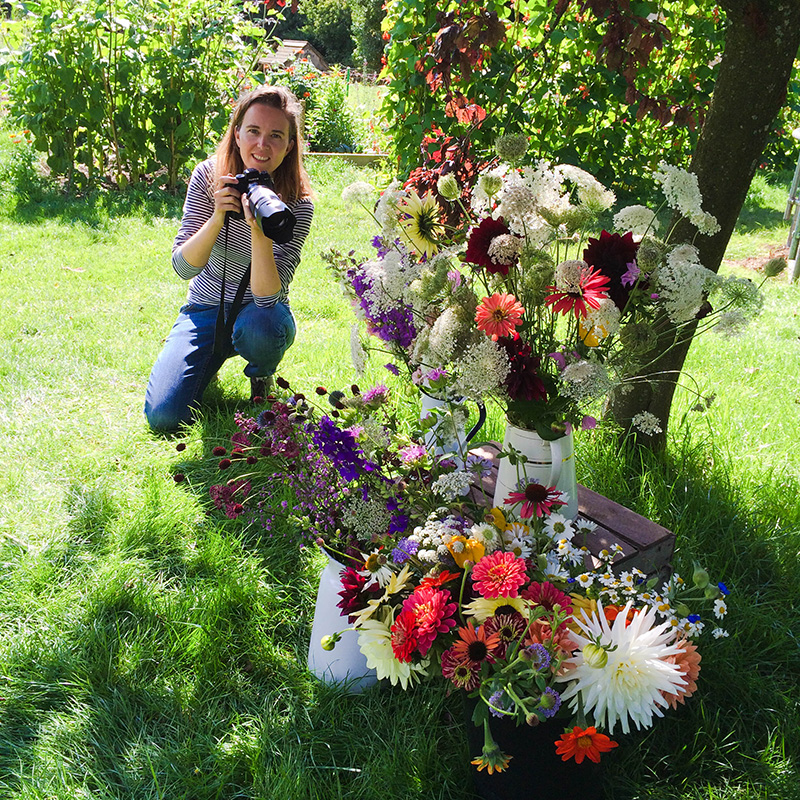Seeing the light
When you've reached a plateau in your photography, when you can't seem to move your images from OK to epic, it's time to start paying more attention to the light. You probably know that photography means, "painting with light', but have you ever stopped and thought about how you can use light to paint your photograph?
Have you ever tried to see the light?
If you follow the steps in this blog post I hope you'll see your images come to life, and see possibilities for photographs anywhere there's a light and a shadow.
The plateau
Here's the problem: you understand all the settings, and you know about depth of field and shutter speeds. You can keep your images sharp, and you can deal with bad weather. You know how to compose an interesting image, and you might even be able to tell a story with a single shot. But your images still lack something. Other people might say they are great, but you know you can do better - you just don't know what exactly to do.
The solution
You have to get better light in your images. There's no "right" light - it just needs to be more interesting.
1. Start looking for interesting light, wherever you are.
2. Try photographing the light. Does the photograph represent how you saw the light? If not, what do you need to change? (Is it the exposure that's wrong? Do you need to boost or reduce the contrast in editing? Was it just not that inspiring a patch of light to start with?)
3. Work towards a single photograph that shows the light interacting with the world. Because we can't actually see the light itself - we only see it falling on things - you are aiming to create an image so that the viewer sees the light as the subject, rather than the thing the light is falling on. Think shafts of light coming through the trees, rather than just a portrait of a tree. Or strong shadows creating a pattern on the floor, rather than a wider shot of the whole room.
This month, every single time you are in one place for more than 5 minutes, start looking for the light:
- where is it coming from?
- what is it falling on?
- is it direct or indirect?
- how many separate sources are there?
- what's the colour temperature of all the different sources?
- if I had to take a photo of the light, how would I do it?
- could I make an epic shot with these light conditions or do I need to wait, or could I change it?
Start to build a portfolio of shots of different kinds of light (you can do this with your phone) - always challenging yourself to shoot the light, not the scene. This is fairly abstract, so you might need to think about it a bit, and do some trial and error. Because you can't see the light itself, you have to take a photograph of how it interacts with the scene. But you can control where you stand, and whether you wait for it to change. You can manipulate and augment it with reflectors and fill lights, iPhone torches and flash.
How would you take a photograph that shows harsh, direct midday sun? How would you take one that shows soft, grey light in the rain? What about a spotlight, or your kitchen lights, a candle or your on-camera flash?
There is no such thing as bad light. If it is grey skies and rain for the entire week, you should still be able to find some compelling light. As photographers we are challenged to work with what we have, and the better you get, the more you will be able to make an epic image whatever the light source. Undoubtedly you will prefer to work with that shaft of sunlight breaking through a storm, or the low autumn sun back-lighting a cobweb.... but to move your photography forwards, do start to seek out the light wherever you are.
free beginner’s workshop
If seeing the light is too advanced for you right now, Emma runs an online beginner’s photography workshop, A Year With My Camera, that is free by email. Join here and get started today:
This blog post is an excerpt from a project that first appeared in Emma’s private online camera club. If you have done A Year With My Camera and want to be first to hear when the camera club next opens to new members, sign up for Emma’s once-a-month newsletter:

